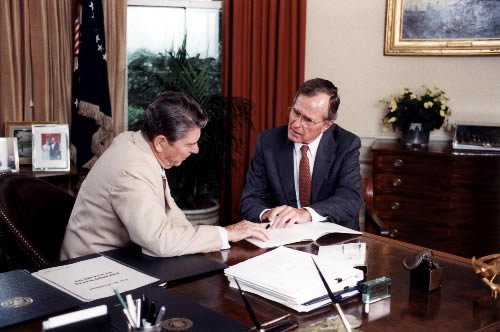According to Senate Minority Leader Chuck Schumer, the time is nigh to play hardball with the Republicans. Under the tutelage of Mitch McConnell, they became the standard bearers of a do-nothing Congress — and that was never more evident than when President Obama nominated mainstream judge Merrick Garland for a seat on the bench of the Supreme Court.
It would require a supermajority in the Senate to confirm a new SCOTUS judge, and Garland never stood a chance with McConnell deciding the day that Antonin Scalia died that there would be no hearing on a pick by Obama for a replacement.
“I said in February of [2016], to a hail of controversy, that I thought it best if the American people decided this appointment,” he said.
And now with President-elect Donald Trump set to appoint his own pick for the Supreme Court, the Democrats and Schumer are threatening a similar blockade — lest it be another “mainstream” pick to their liking. That pits the two counterparts against one another, effectively continuing the partisanship over the nation’s highest court.
Is this how the process usually plays out?
There are plenty of instances of a unanimous confirmation within the Senate for a president’s SCOTUS pick, an instance of that thing we used to call “bipartisanship” when it was in vogue.
But the prospect of an indefinite blockade on vacancies is not without context.

Bush and Reagan corroborating in 1984. (Wikimedia Commons)
If we take a look back at history, before Merrick Garland, in 2005 George W. Bush nominee Harriet Miers asked that her nomination be withdrawn after intense public scrutiny.
And in the Reagan era, two nominees were shot down: Robert Bork, who lost his Senate confirmation hearing for his overt conservative positions on issues, and Douglas H. Ginsburg. Because the former Harvard Law professor had admitted to smoking reefer, and 21 states had yet to decriminalize marijuana, he withdrew his name after being pressured.
It’s not always easy being named to the SCOTUS bench. Even one of George Washington’s picks got rejected.
The Biden Rule
When McConnell announced that there would be no hearing on Garland last spring, he invoked the vice president, saying, “The Senate will continue to observe the Biden Rule so that the American people have a voice in this momentous decision.”
At the time a senator from Delaware, Biden urged the president not to nominate a justice should a vacancy occur — at least until after the elections, on Nov. 3, 1992.
Where McConnell’s approach differs is that not only was there a vacancy, but there was a nominee to consider, and the Kentucky senator demanded no vote take place until a new president was sworn in — two and a half months after the elections were held in 2016.
Can the Supreme Court remain as it is?
There is a possibility that the open seat remains unfilled for some time to come, and the prospect of that in our near future has some pundits convinced that the nomination process has changed forever.
Back in October Sen. Ted Cruz, the well-read constitutionalist firebrand who lost to Trump in the primaries (in case you had forgotten), remarked that the seat could remain vacant “indefinitely.”
At the core of his argument is the same one that the Democrats are now to use following Trump’s stunning win of the presidency: a 4-4 bench would work similarly to the 5-4 bench we’ve had in recent years, although law dictates the size of the Supreme Court.
One way around the blockade could be a rule change from a supermajority to a simple majority in the Senate, something that Democrats had passed for the confirmation of Cabinet-level nominees during years of gridlock in the Obama years.
“We’re going to confirm the president’s nominee one way or the other,” Senate Majority Whip John Cornyn told POLITICO. “And there’s an easy way and there’s a hard way. [The Democrats] just need to accept that reality.”
